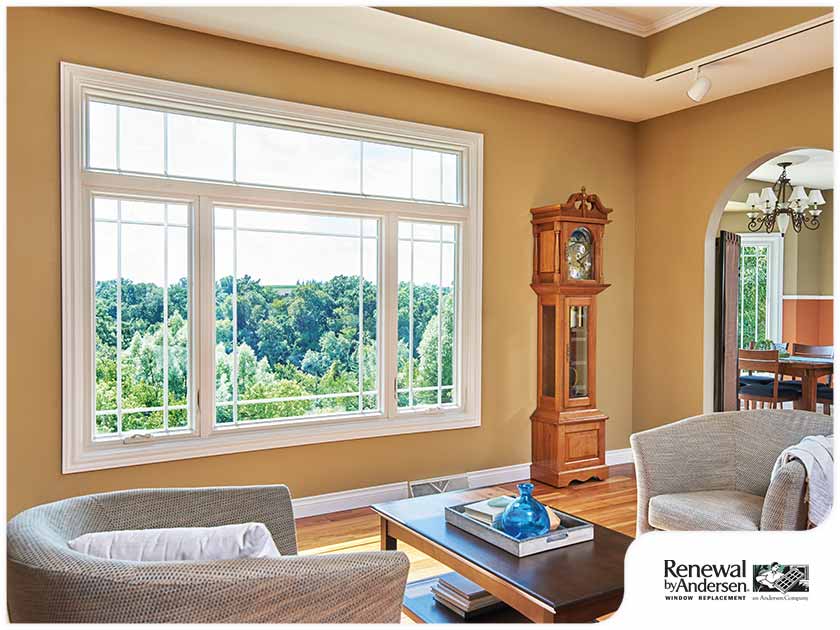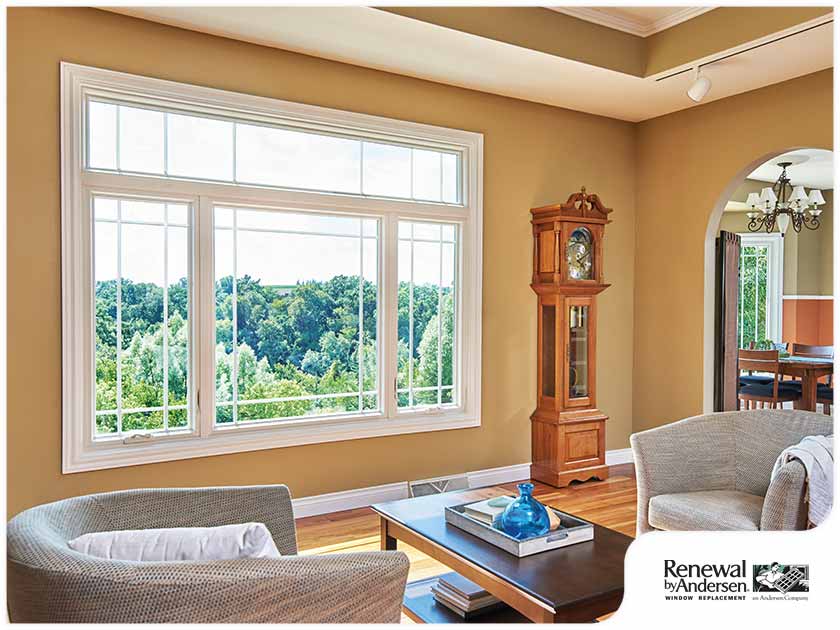

Energy efficiency has become a priority for many homeowners. Whether you’re looking for specialty windows or double-hung windows, energy efficiency is an essential feature that you should definitely look for in a product. In this guide, Renewal by Andersen® of Cincinnati answers FAQs about energy-efficient windows to help guide you in your purchase.

Gas-filled windows are built using a particular type of window technology, which seals inert gas between the panes of glass. Argon is typically used in this process since it is a better insulator than regular air. This helps boost the insulating ability and thermal value of a window.
Dissipation may occur in gas-filled windows. The rate at which this occurs depends highly on the quality of the seal. Well-designed windows can usually retain gas at a loss rate of less than 1 percent per year. This generally has minimal impact on the insulating performance of a window, so there’s no need to worry. The only time that a significant amount of gas will be released is if the seal fails. That’s why you should regularly check your windows for signs of seal damage.
Low-E (low-emissivity) glass is an option that you can select if you want to limit the amount of UV rays transmitted into your home. Low-e glass provides a number of benefits including enhanced thermal efficiency, extra protection against UV rays and reduced glare. It can also contribute to your home’s overall energy efficiency, as it helps reduce your dependence on air conditioning in the summer. Of course, this will lower your energy consumption and your energy bills.
IGUs feature two or more panes of glass that are separated by insulation at the edges and air in the center. This generally results in greater thermal efficiency, so windows with “insulated glass” are highly recommended to homeowners.
U-value is a term used in denoting the efficiency of a window. Generally, a lower U-value means that a window is more efficient at keeping heat and cold outside. Be careful in mistaking or interchangeably using the terms U-value and R-value. U-value is used for windows and other fenestration products, while R-value is used for wall and ceiling insulation.
You can start by finding the type of window suitable for your needs and local climate. Then, check the NFRC and ENERGY STAR® labels of the windows you’re considering. These labels will tell you pretty much everything that you need to know about the performance and energy efficiency of the windows. Of course, don’t forget to consult with window professionals as well. Look for a contractor who’s familiar with your local climate, and they will be able to point you to products that will meet your needs.
Renewal by Andersen of Cincinnati has been trusted by local homeowners for many years. From bay windows to patio doors, our team can take care of your project and ensure superb workmanship. Call us at (866) 609-5033 or fill out our contact form to request a free quote. We serve customers in Mason, Sharonville and Loveland, OH.